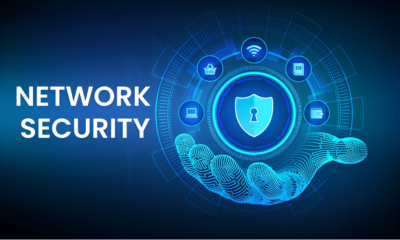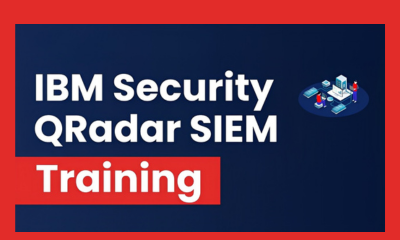Upon successful completion of the Network Security Training online course, participants will be awarded a prestigious certification that validates their expertise in network security. This industry-recognized certification serves as proof of their comprehensive understanding of network security concepts, best practices, and emerging trends. It demonstrates their ability to assess network vulnerabilities, implement effective security controls, and respond to security incidents in a timely manner. This certification enhances their professional credibility and marketability, opening up diverse career opportunities as a Network Security Engineer, Security Analyst, or Network Administrator. With this certification, individuals can showcase their proficiency in network security and contribute to the protection of network infrastructures against evolving threats.










![SOC Analyst Online Training & certification [Edition 2023] SOC Analyst Online Training & certification [Edition 2023]](/UploadFile/CC638260302511841860_.png)
![SOC Specialist Online Training & Certification [Edition 2023] SOC Specialist Online Training & Certification [Edition 2023]](/UploadFile/CC638260303798576876_.png)







